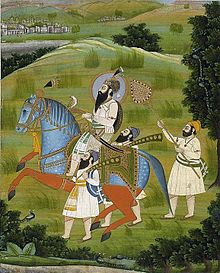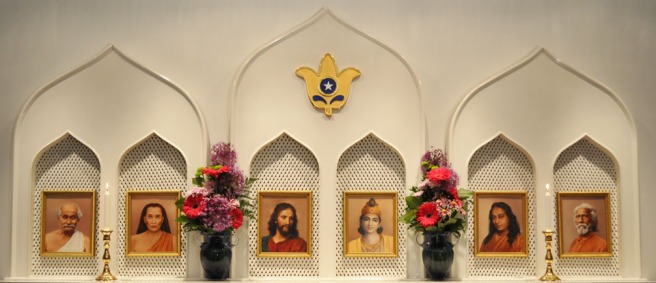 There is no central authority governing Yoga, (nationally or globally) despite the groundless ‘non-protected’ claims made by certain organisations. Yoga is a group of physical, mental, and spiritual practices or disciplines which originated in ancient India. Yoga is not, therefore, an activity capable of being regulated.
There is no central authority governing Yoga, (nationally or globally) despite the groundless ‘non-protected’ claims made by certain organisations. Yoga is a group of physical, mental, and spiritual practices or disciplines which originated in ancient India. Yoga is not, therefore, an activity capable of being regulated.
There are a number of national and international yoga organisations that use the name “Yoga Alliance”. As these organisations are legally separate entities governed by the law of the country were they were established, it is important that prospective members are clear about these different organisations and the registration validity of yoga teachers and schools.






